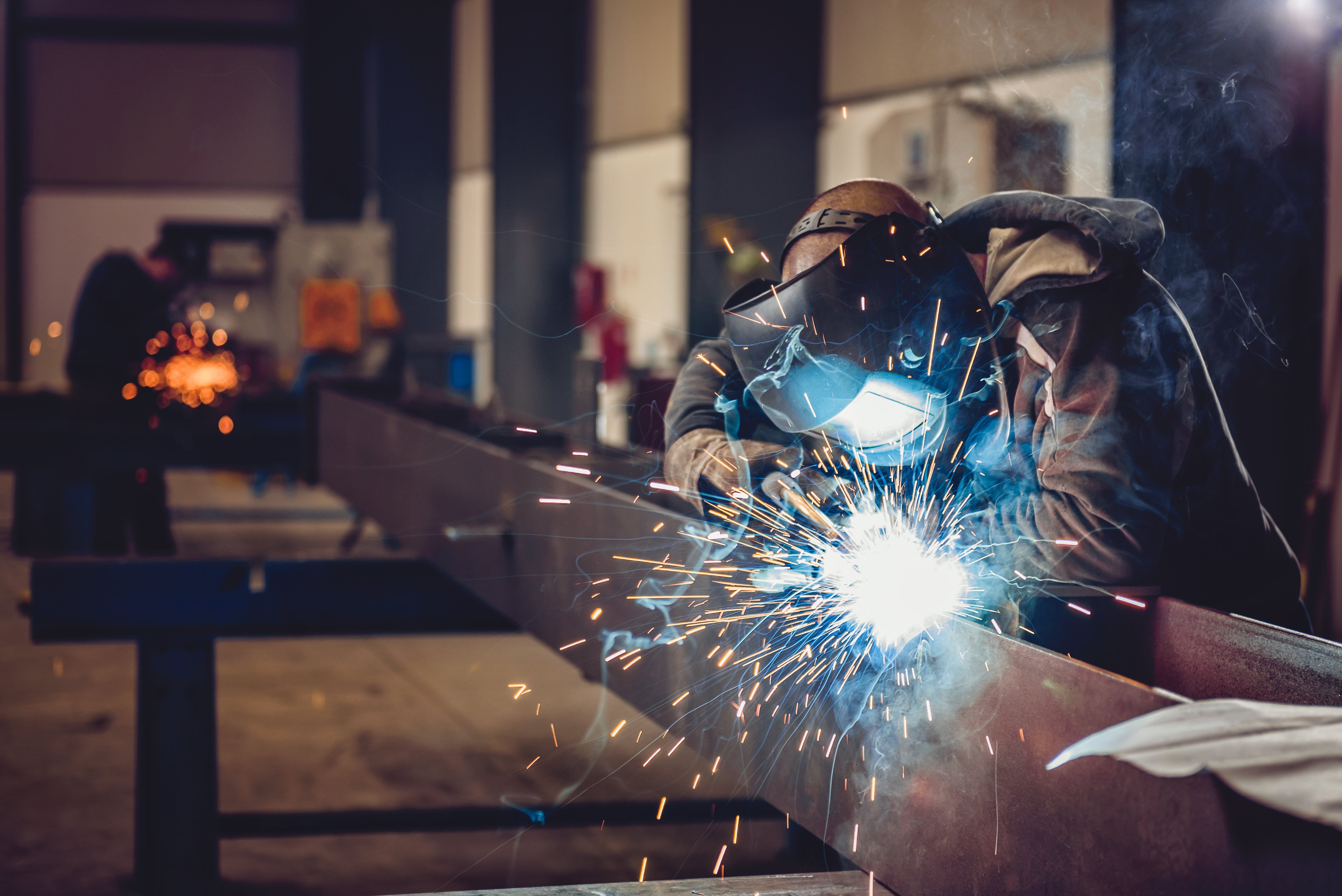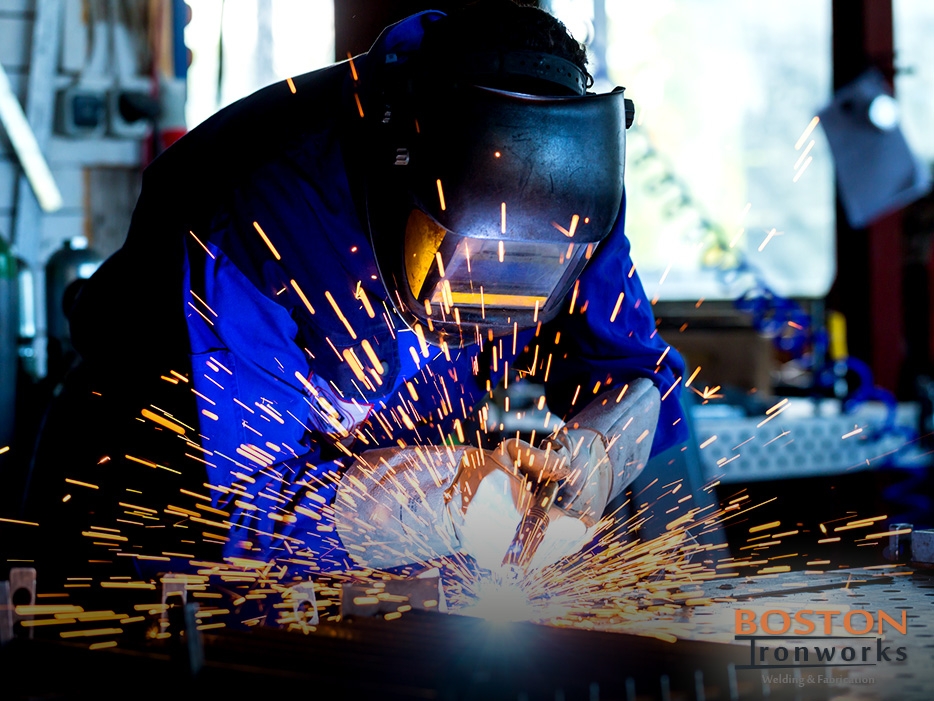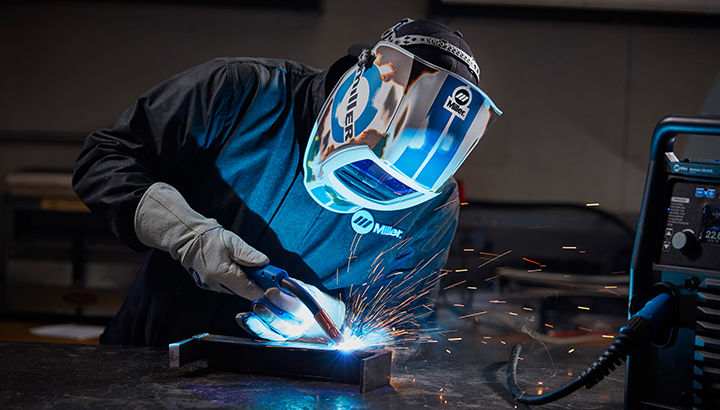Typical Welding Repair Work Issues and Exactly How to Address Them Successfully
Welding repair work often encounter a variety of concerns that can threaten the integrity of the end product. Common problems include poor penetration, porosity, and imbalance, to name a few. Each flaw presents one-of-a-kind challenges that need particular approaches for resolution. Comprehending these issues is vital for welders intending to improve their outcomes and skills. This discussion will certainly check out these typical welding repair work problems and effective techniques to address them.
Inadequate Infiltration
Inadequate penetration occurs when the weld steel fails to fully fuse with the base material, leading to weak joints and potential structural failings. This issue typically originates from insufficient warmth input, incorrect electrode angle, or inappropriate welding speed. Welders may come across inadequate infiltration because of a mistake of the necessary criteria for a specific material density or kind. Furthermore, contamination on the base material's surface can prevent efficient bonding, exacerbating the problem. To deal with inadequate penetration, welders must assure ideal setups on their devices and keep a tidy work surface. Normal assessment of welds is suggested to identify any shortages early, permitting for prompt improvements and the prevention of compromised architectural stability in welded settings up.
Porosity
Porosity is an usual flaw in bonded joints that shows up as little gas bubbles caught within the weld metal. This defect can compromise the integrity of the weld, bring about minimized toughness and possible failing under anxiety. Belgrade Fabrication. Porosity normally arises from contamination, moisture, or incorrect welding strategies, which enable gases to leave right into the liquified weld pool. To attend to porosity, welders must assure correct surface preparation, keep a tidy workplace, and make use of appropriate welding criteria. Additionally, selecting the right filler product and securing gas can mitigate gas entrapment. Regular inspection and screening of welds can assist determine porosity early, ensuring prompt corrective actions are taken, thereby protecting the top quality and integrity of the welded structure
Misalignment
Imbalance in welding can develop from different variables, including inappropriate setup and thermal expansion. Comprehending the root triggers is essential for reliable resolution. A number of adjustment methods are available to realign components and assure structural honesty.
Sources of Imbalance
Welding misalignment usually originates from a range of underlying concerns that can jeopardize architectural honesty. One key cause is inappropriate fit-up of components prior to welding, which can bring about spaces and uneven surfaces. Variants in thermal growth during the welding procedure can additionally cause distortion, particularly if the products being joined have various coefficients of expansion. Additionally, poor fixturing and clamping may fail to hold elements firmly in location, causing motion throughout welding. Inadequately conserved tools, including welding machines and devices, may introduce incongruities in the weld bead, more contributing to imbalance. Driver error, stemming from inadequate training or experience, can likewise play a considerable duty in producing misaligned welds.

Modification Methods Available
Dealing with misalignment effectively needs a mix of corrective methods customized to the specific issues handy. One common method is the use of components or jigs to hold components in the proper placement during welding, making certain regular placement. In addition, preheating the products can help in reducing distortion and enhance fit-up. For considerable imbalance, mechanical realignment strategies, such as using hydraulic jacks or clamps, can be employed to fix the placement prior to welding. Post-weld warmth therapy might also be essential to relieve tensions triggered by imbalance. Cautious assessment and adjustment throughout the configuration phase can stop imbalance problems from ending up being substantial issues, advertising a smoother welding procedure and boosting overall architectural honesty.
Distortion
Distortion is a common challenge in welding that can emerge from numerous aspects, consisting of unequal heating & cooling. Recognizing the reasons for distortion is essential for implementing effective avoidance methods. Addressing this concern not just enhances architectural integrity but additionally boosts the general high quality of the weld.
Reasons for Distortion
When subjected to the extreme warmth of welding, products frequently undertake adjustments that can bring about distortion. This sensation primarily arises from thermal expansion and contraction during the welding process. As the weld area warms up, the product increases; upon cooling, it acquires, which can develop internal anxieties. Additionally, uneven heating throughout a workpiece can worsen these stresses, resulting in warping or bending. The kind of material also plays a considerable duty; metals with varying thermal conductivity and coefficients of expansion may respond differently, resulting in unforeseeable distortions. In addition, bad joint style and insufficient fixturing can add to imbalance throughout welding, increasing the probability of distortion. Understanding these reasons is important for reliable welding repair work and prevention techniques.
Prevention Techniques
Efficient prevention strategies for distortion during welding emphasis on controlling warmth input and ensuring correct joint design. Keeping a regular warm input aids to reduce thermal development and contraction, which can cause distortion. Using strategies such as pre-heating the work surface can additionally minimize the temperature slope, promoting consistent steel welding near me heating. In addition, selecting proper joint designs, such as T-joints or lap joints, can boost security and lower stress concentrations. Applying appropriate fixturing to protect the work surfaces in position better help in maintaining placement during the welding process. Staggered welding sequences can disperse warmth much more equally, preventing local distortion. By using these methods, welders can significantly reduce the probability of distortion and boost the general high quality of their welds.
Fracturing
Cracking is a typical concern come across in welding repair work, frequently arising from different aspects such as inappropriate cooling prices, product option, or poor joint prep work. The incident of splits can substantially compromise the integrity of the weld, causing prospective failings during procedure. To address this concern, welders should initially analyze the origin, guaranteeing that products work and properly picked for the particular application. Additionally, controlling the air conditioning rate during the welding procedure is essential; quick air conditioning can cause stress and anxiety and cause splitting. Proper joint style and preparation additionally add to lessening the risk. Implementing these approaches can boost weld high quality and toughness, ultimately decreasing the probability of breaking in ended up weldments.

Insufficient Blend
A significant concern in welding repair work is insufficient combination, which happens when the weld steel does not properly bond with the base product or previous weld passes - Fabrication. This issue can welding pliers lead to weak points in the joint, potentially endangering the integrity of the welded structure. Variables adding to insufficient combination consist of inadequate warm input, inappropriate welding technique, and contamination of the surface areas being joined. To address this issue properly, welders should ensure correct pre-weld cleaning and surface prep work, along with change their welding specifications to accomplish appropriate penetration and fusion. Routine examination throughout the welding process can additionally assist identify insufficient combination early, permitting timely corrective actions to improve the total top quality of the weld
Overheating
While welding fixings can improve structural stability, overheating provides a considerable obstacle that can bring about product destruction. Extreme warm during welding can alter the mechanical buildings of metals, causing reduced strength, raised brittleness, and warping. This phenomenon is especially critical in high-stress applications where structural dependability is vital. Recognizing overheating can entail visual inspections for discoloration or distortion, along with monitoring temperature level throughout the welding process. To alleviate the risks connected with getting too hot, welders must use appropriate strategies, such as managing warm input, adjusting traveling rate, and making use of appropriate filler materials. In addition, executing pre- and post-weld heat therapies can assist restore material buildings and boost the general top quality of the repair service, guaranteeing lasting performance and security.
Frequently Asked Questions
What Are the Usual Indicators of a Welding Issue?

Just How Can I Examine My Welds for High quality?
To check welds for high quality, one can make use of aesthetic examinations, ultrasonic testing, and radiographic methods. Each method guarantees architectural integrity, identifies defects, and validates adherence to specified standards, eventually enhancing the integrity of the welded joints.
What Safety Precautions Should I Take While Welding?
When welding, one need to prioritize security by putting on ideal individual safety equipment, ensuring appropriate ventilation, safeguarding combustible materials away, maintaining a tidy work area, and being aware of surroundings to stop injuries and mishaps.
Can I Repair a Weld Without Redesigning the Entire Joint?
Fixing a weld without redoing the whole joint is possible, relying on the damage (Montana Mobile Welding and Repair). Methods such as grinding, including filler material, or using a welding process can effectively address specific flaws while protecting the surrounding structure
What Devices Are Crucial for Reliable Welding Services?
Crucial tools for reliable welding repairs include a welding maker, cord brush, grinder, safety gear, clamps, and filler products. Each tool plays a crucial function in ensuring high additional resources quality and security throughout the fixing procedure. Porosity usually develops from contamination, moisture, or inappropriate welding strategies, which allow gases to escape right into the molten weld pool. Improperly kept equipment, including welding machines and tools, might introduce disparities in the weld bead, additional contributing to imbalance. When subjected to the intense warm of welding, products commonly undertake adjustments that can lead to distortion. Breaking is a typical issue encountered in welding repair services, typically resulting from various elements such as inappropriate cooling prices, product selection, or inadequate joint preparation. A substantial problem in welding repair work is insufficient blend, which happens when the weld steel does not effectively bond with the base product or previous weld passes.